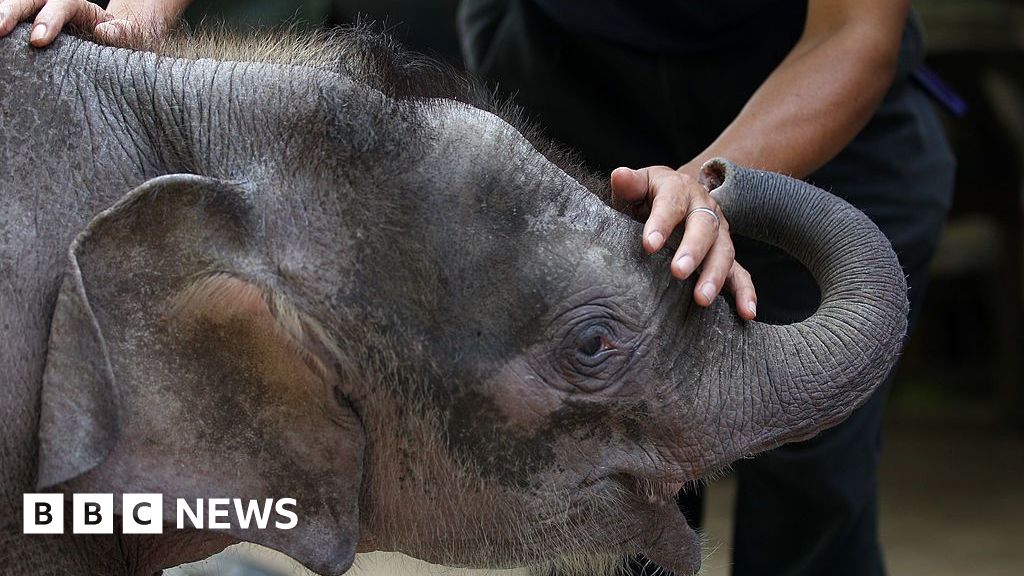
World’s smallest elephant slides towards extinction
- Science
- June 30, 2024
- No Comment
- 130
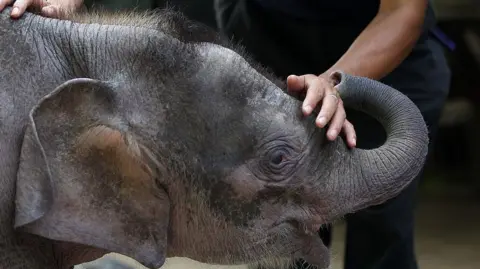 Getty
GettyThe world’s smallest elephant is in danger of dying out as numbers reach just 1,000 in the wild, but there’s hope it can be saved.
The conservation body, the IUCN, which compiles the ‘red list’ tally of threatened species, says the Bornean elephant has lost much of its habitat to deforestation.
The diminutive elephant, which stands at three feet smaller than its bigger Asian cousins, is found only on the island of Borneo.
It is known for its gentle, playful nature.
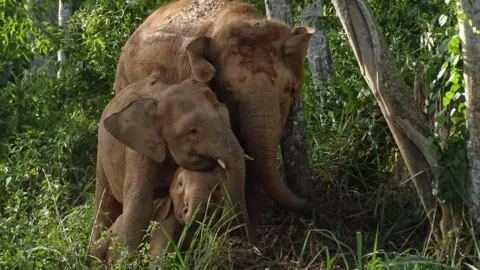 Cheryl Cheah/WWF-Malaysia
Cheryl Cheah/WWF-MalaysiaThere’s hope the elephant can be saved through conservation work, said Benoit Goossens, a wildlife biologist at Cardiff University and director of the Danau Girang Field Centre in Sabah.
The extinction red list can help raise awareness of the plight of an endangered animal and boost support, he said.
“The message of hope is that there are many organisations in Sabah, including the government, that are working very hard to conserve the elephant.”
Read more on endangered species
The elephants of Borneo have lived on the island for hundreds or thousands of years, separated from mainland elephants and evolving into a distinct population.
Their main threat is massive deforestation which destroys their habitat and brings them into conflict with humans.
Only an estimated 1,000 individuals now remain in the wild, mostly found in Sabah in Malaysian Borneo.
Professor Adrian Lister of London’s Natural History Museum said the elephant is unique in many ways, from its baby face to its small size.
“We hope that by getting the Borneo elephants on to the Red List that will galvanise the efforts for their conservation to protect their habitat because the authorities will now see that the eyes of the world are on this species,” he told BBC News.
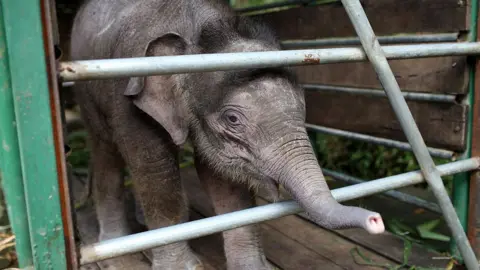 Baby Borneo elephant
Baby Borneo elephantThe palm oil industry has boomed in Malaysia and Indonesia, leading to vast deforestation, loss of wildlife and human-wildlife conflict.
The elephants are forced into human areas in search of food, where they may damage crops and face retribution killings.
Other dangers include hunting for ivory and accidental poisoning from agricultural chemicals, said the IUCN.
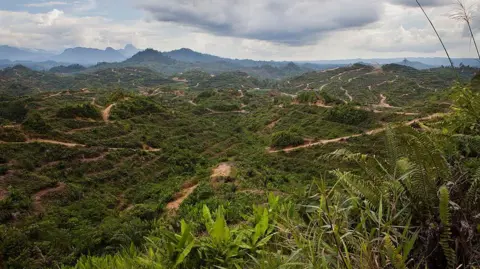 Getty
GettyThe Asian elephant is the largest land mammal on the Asian continent, inhabiting 13 countries spanning south and southeast Asia.
The elephants on Borneo have been assessed on the IUCN Red List for the first time as a separate subspecies of Asian elephant.
Mike Hoffmann, ZSL’s Head of Wildlife Recovery, said: “Habitat loss, combined with conflict between people and wildlife, continues to pose a threat to both wildlife and the communities living alongside them – and this has been highlighted by the assessment of Borneo’s Asian elephants as endangered.”
The latest update to the extinction red list highlights other “staggering” declines across the globe.
The IUCN has now assessed more than 163,000 species, of which 45,000 are threatened with extinction.
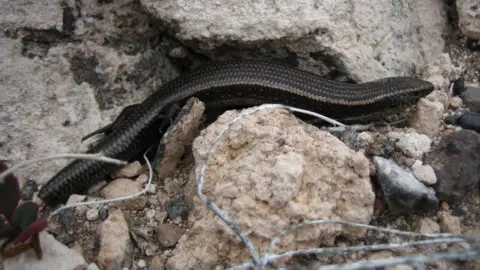 Miguel A. Carretero
Miguel A. CarreteroIn its latest update, the IUCN highlighted the plight of reptiles on Spain’s Gran Canaria and Ibiza islands, which are plummeting due to attack by introduced non-native snakes.
The Gran Canaria giant lizard is now critically endangered and the Gran Canaria skink is endangered after falling prey to the California kingsnake, which arrived on the island in 1998.
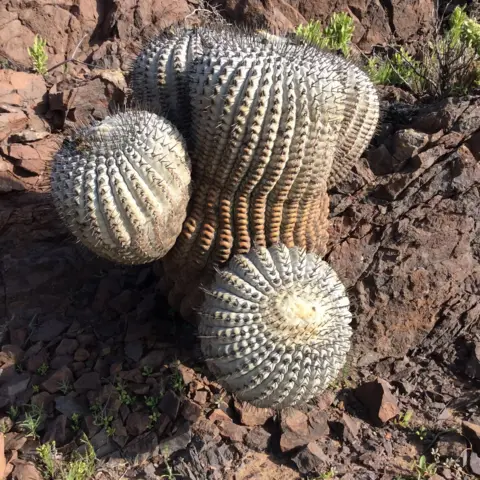 Pablo C. Guerrero
Pablo C. GuerreroIn Chile, illegal trade threatens ornamental cacti.
The fashion for copiapoa cacti in Europe and Asia has led to an increase in illegal trade, made easier by social media, said the IUCN.
Climate change further threatens the plants, which are slow to adapt their range in the face of rising temperatures.
#Worlds #smallest #elephant #slides #extinction










